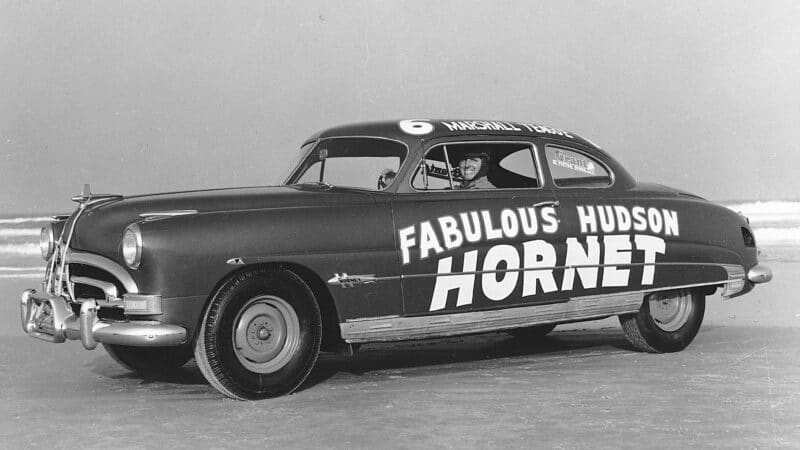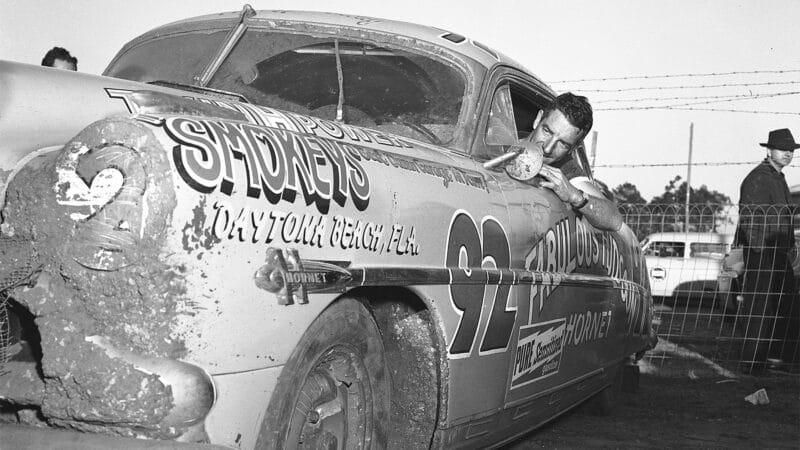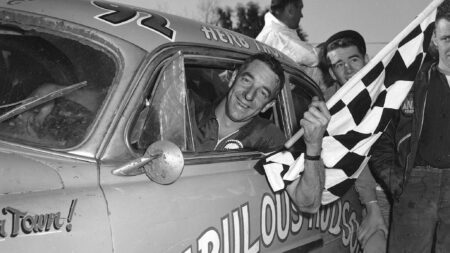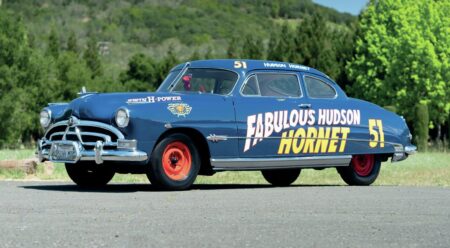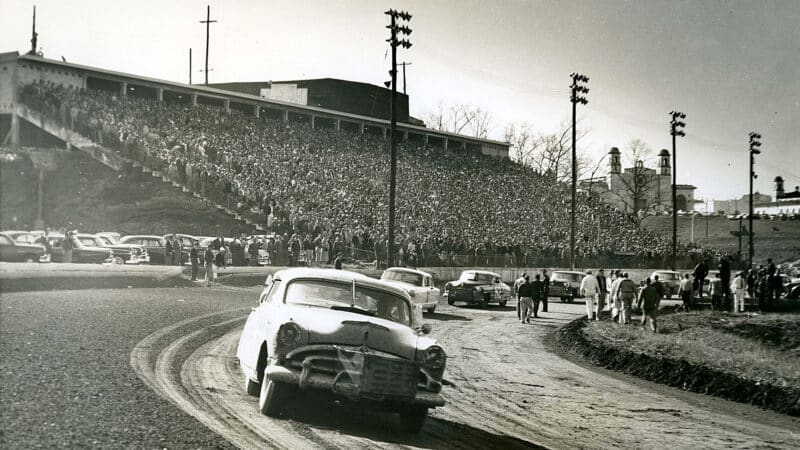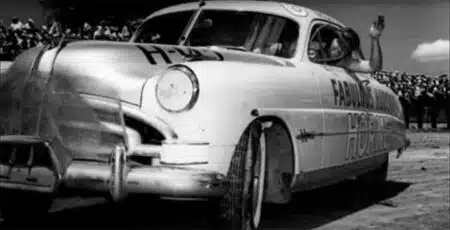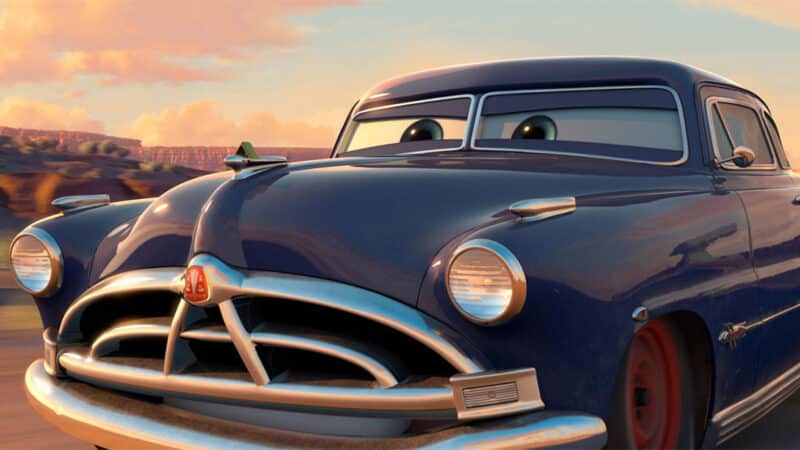These innovations piqued the interest of ‘50s NASCAR driver Marshall Teague, the so-called ‘King of the Beach’ due to his Daytona dominance – it was then run on the sand of the Florida seafront prior to the construction of the famous permanent circuit. It was he who first persuaded Hudson to get involved in motor sport.
The Florida native turned up at Hudson’s Michigan factory unannounced prior to the 1951 season and told the firm racing could be a key part of its marketing strategy – and he was right.
The potent pairing won on debut at the 1951 Daytona 500, with Teague claiming 78 NASCAR races out of a possible 149 across four years.
With some remarking that the Hornet looked like an ‘upturned bathtub’, Teague – along with his crew chief Smokey Yunnick – had spotted that the car had all the technical attributes to make it in NASCAR.
The sport was then mainly run on dirt ovals, and the strong torque of the 5-litre straight-six engine gave it an advantage over the opposition, despite having less grunt than most at 210bhp.
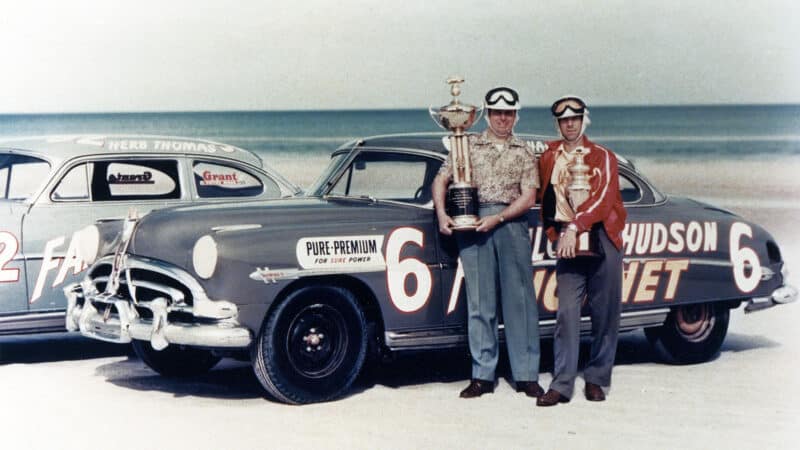
Teague (left) and Thomas brandish their winnings (and Hornets)
Getty Images
The Hornet’s low-slung design and favourable a low-centre of gravity combined with its accurate centre-point steering to make it a very driveable race car.
Catching on to the positive press provided by on-track success, Hudson began painting the pre-fix ‘Fabulous’ on the side of its cars, and used it in advertising too.
